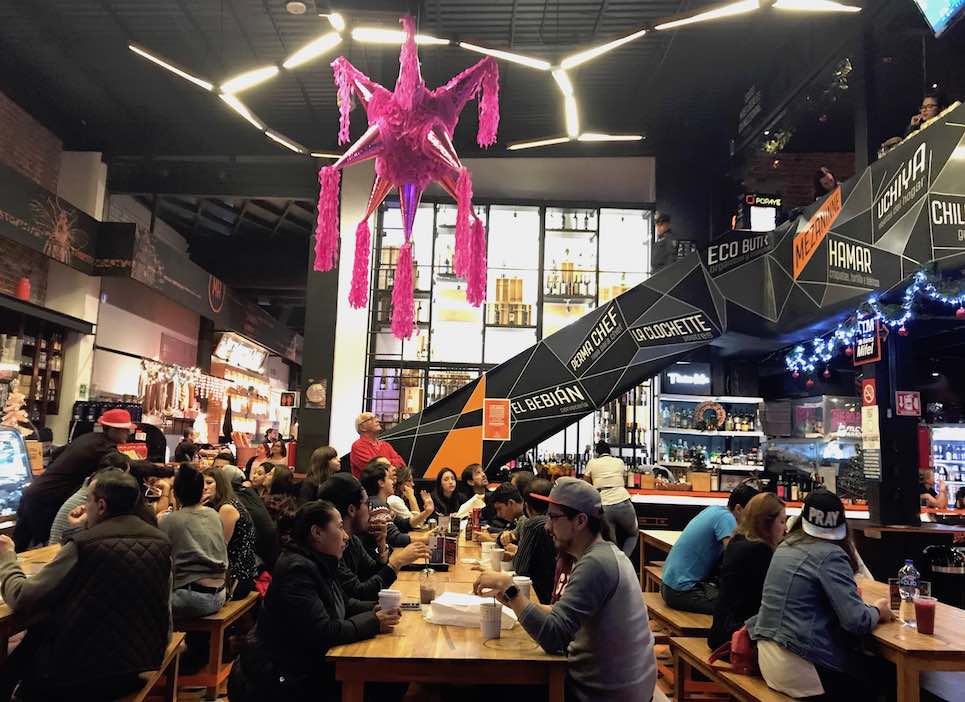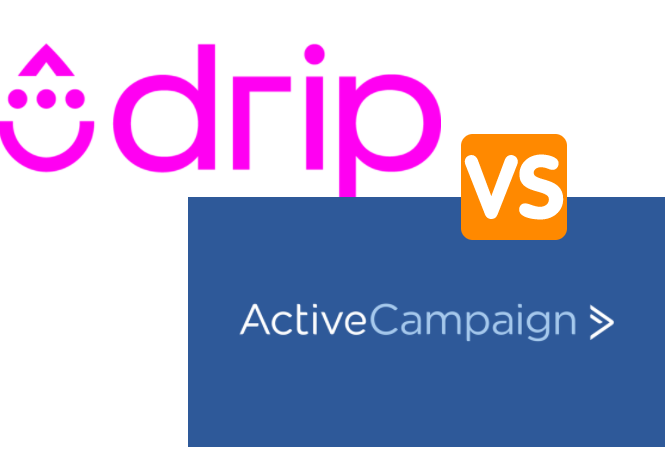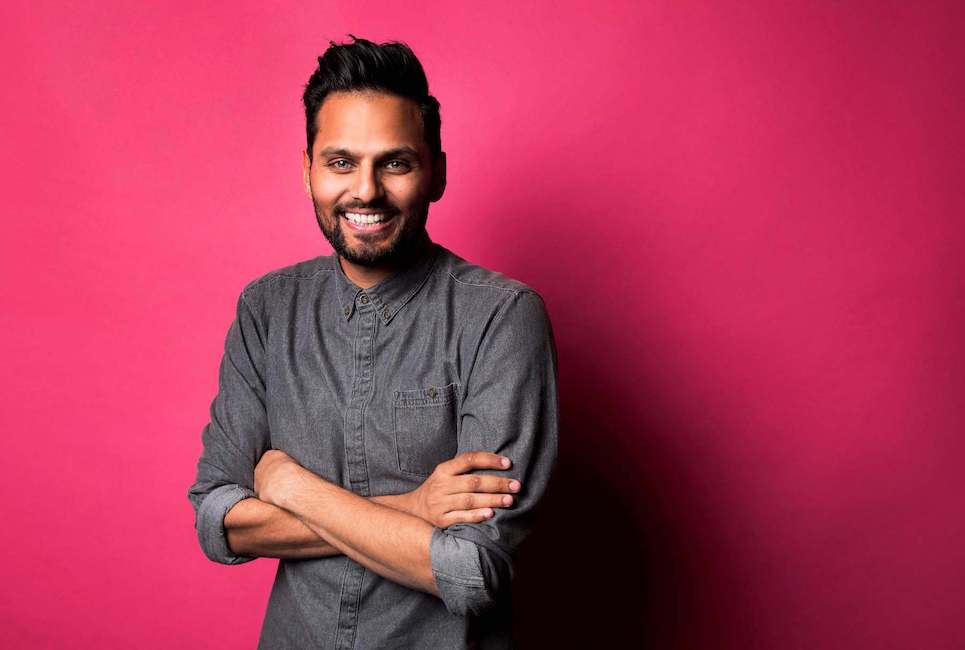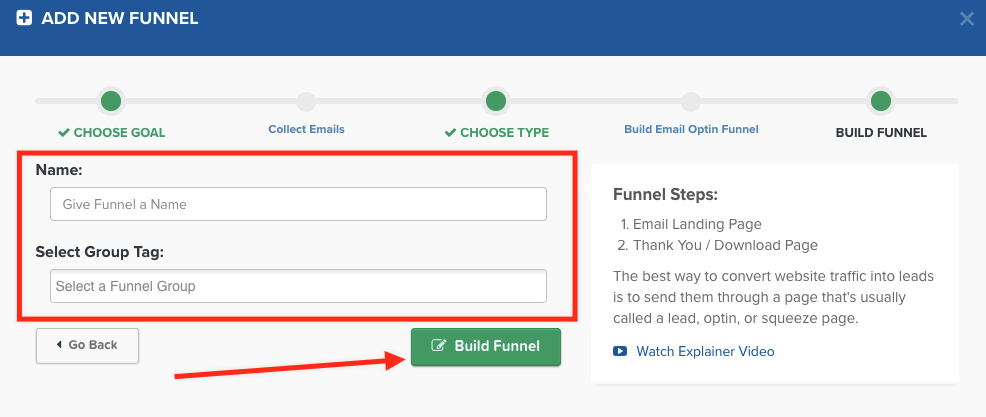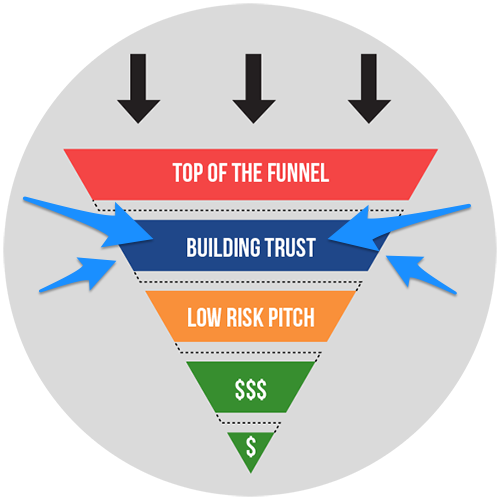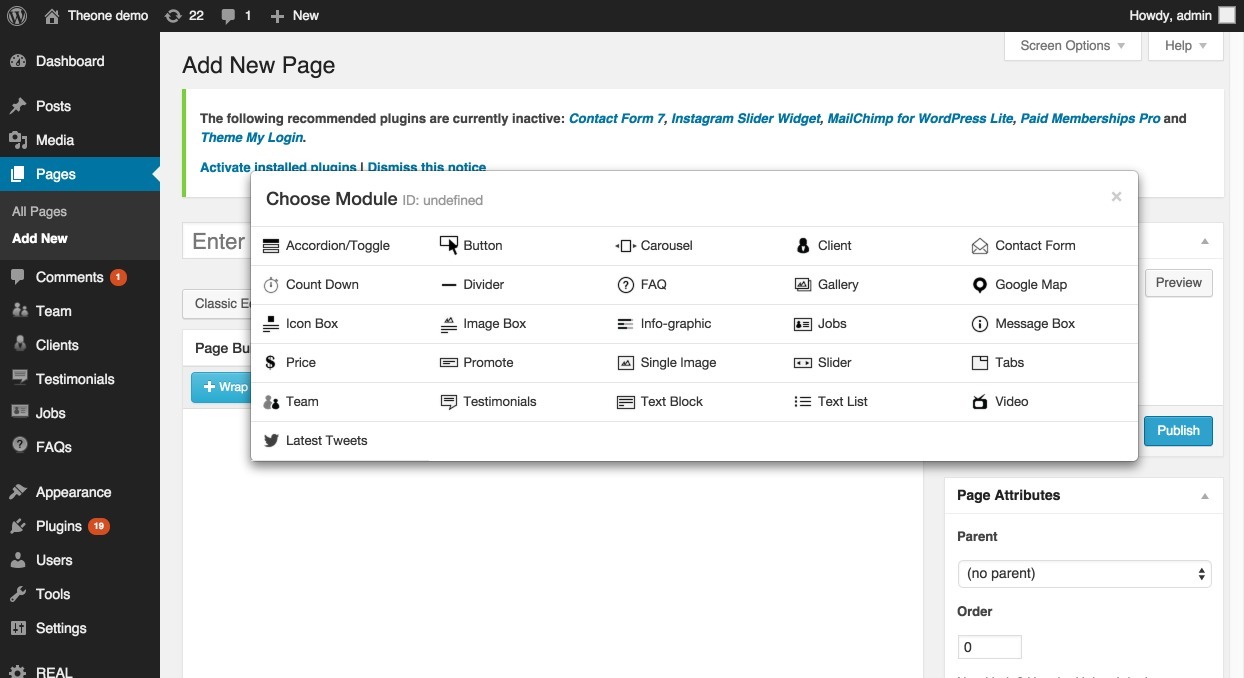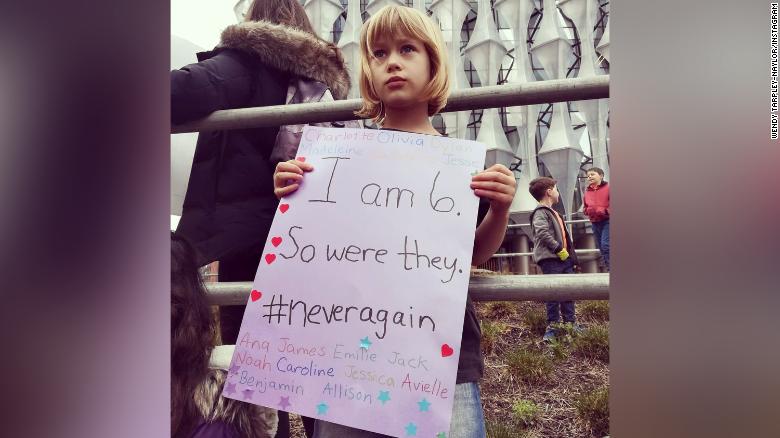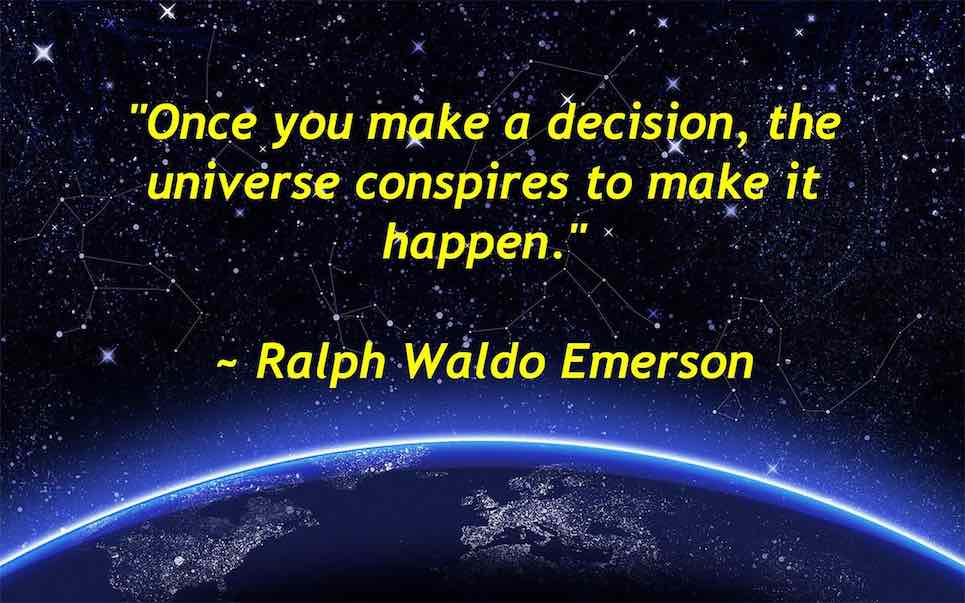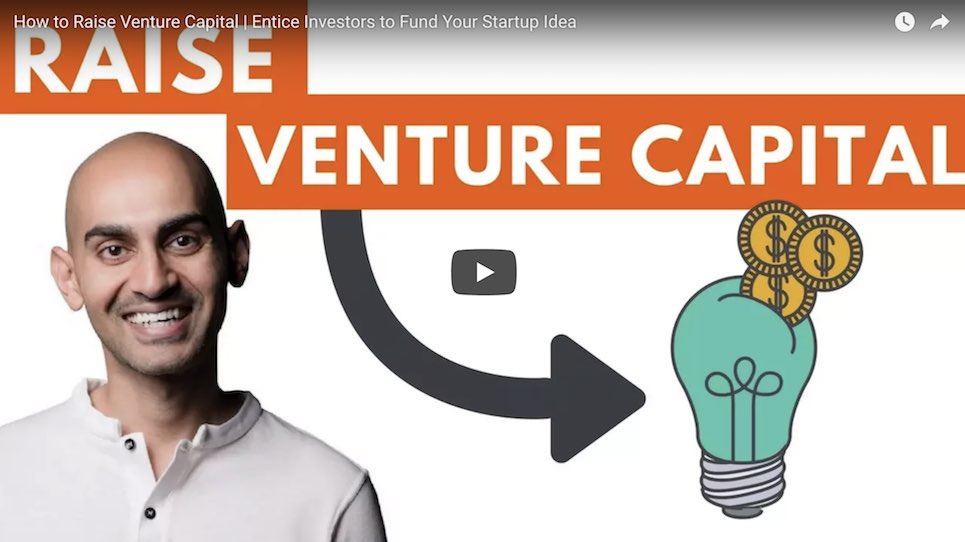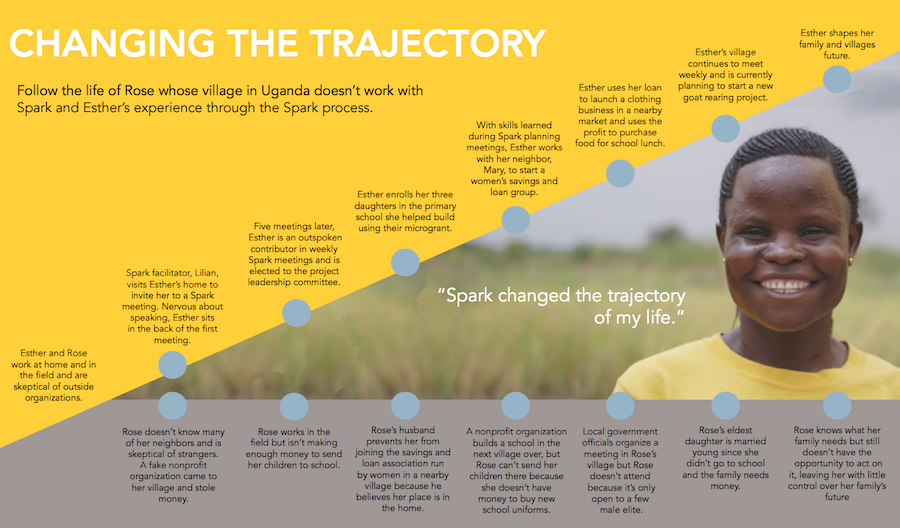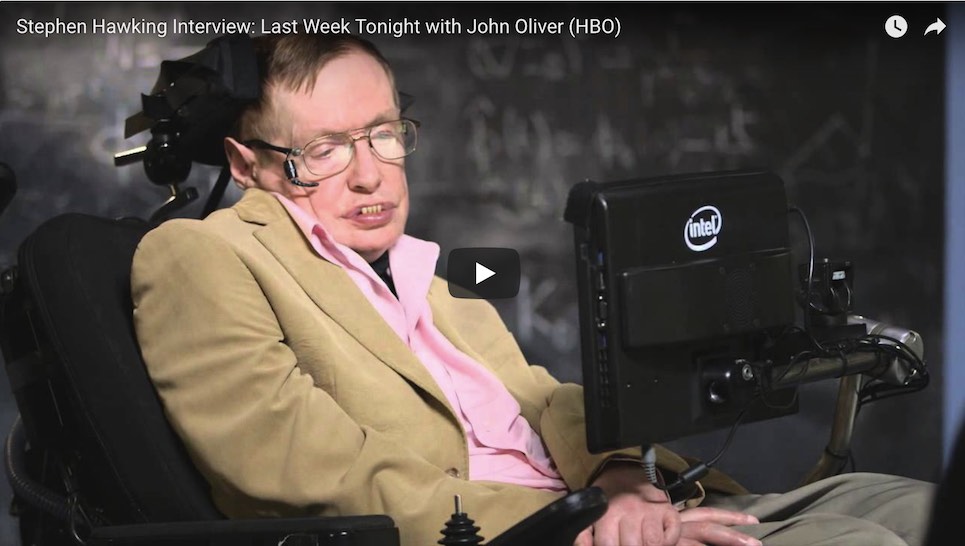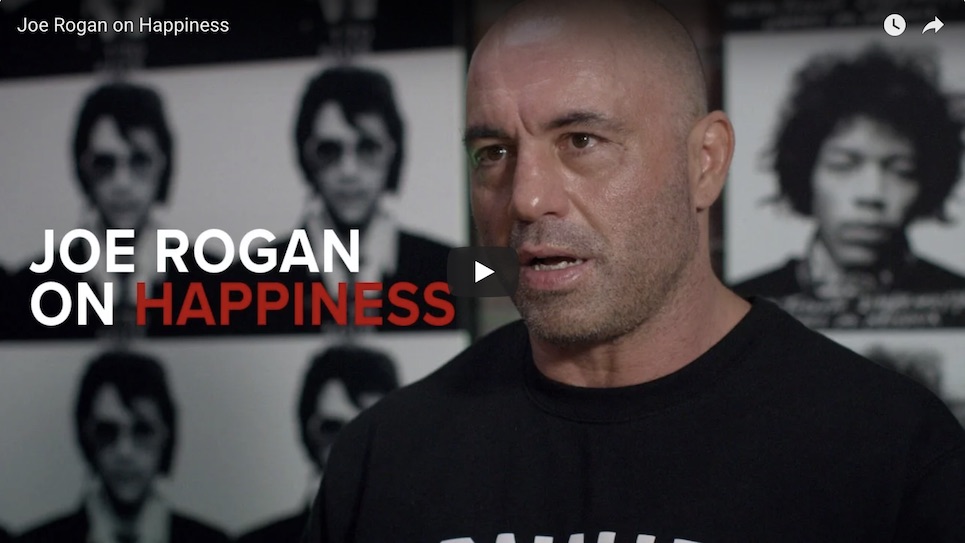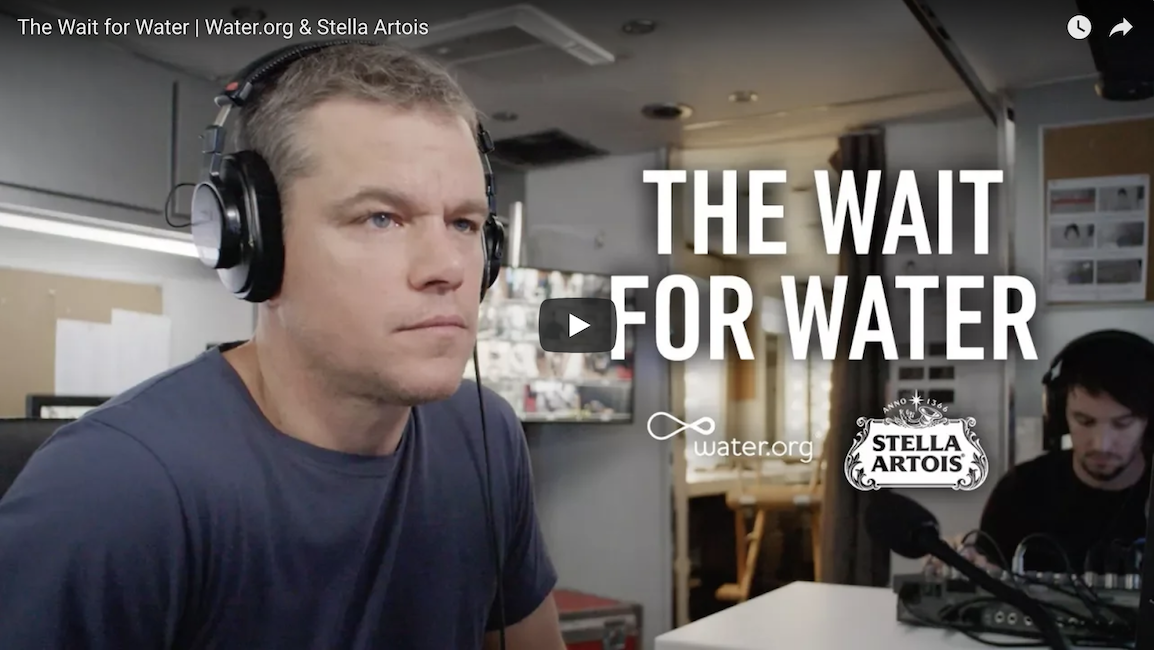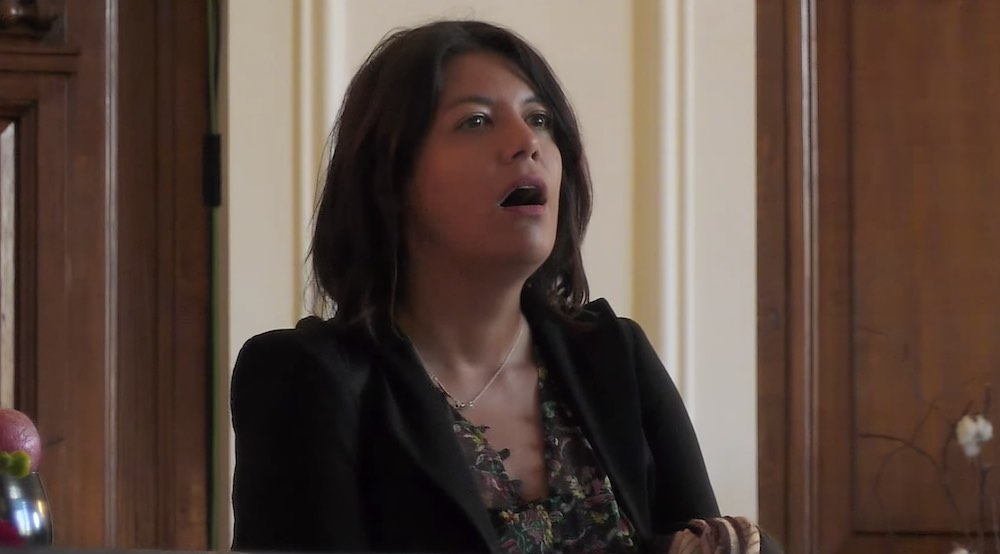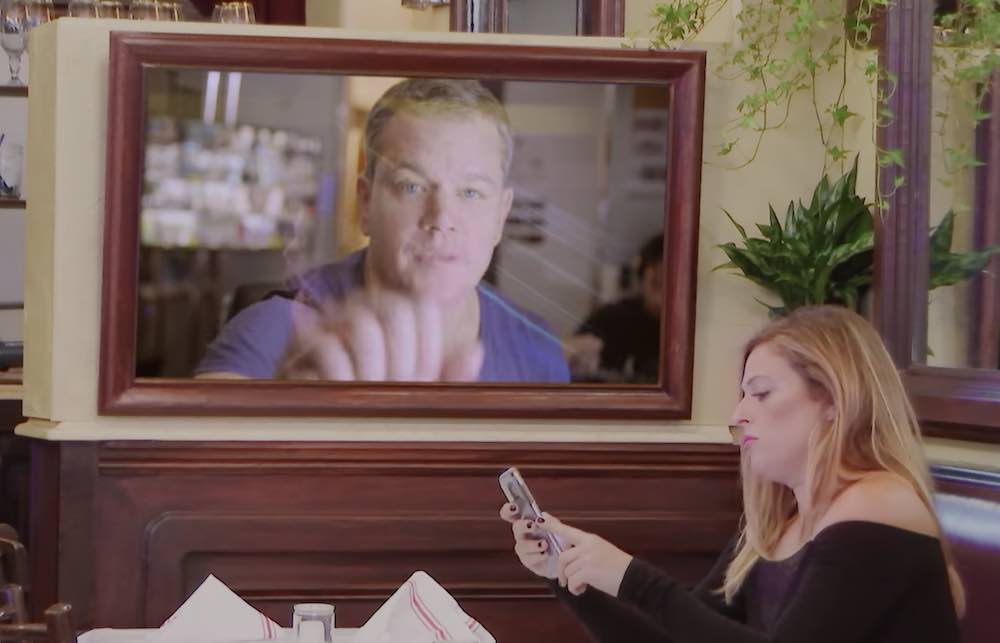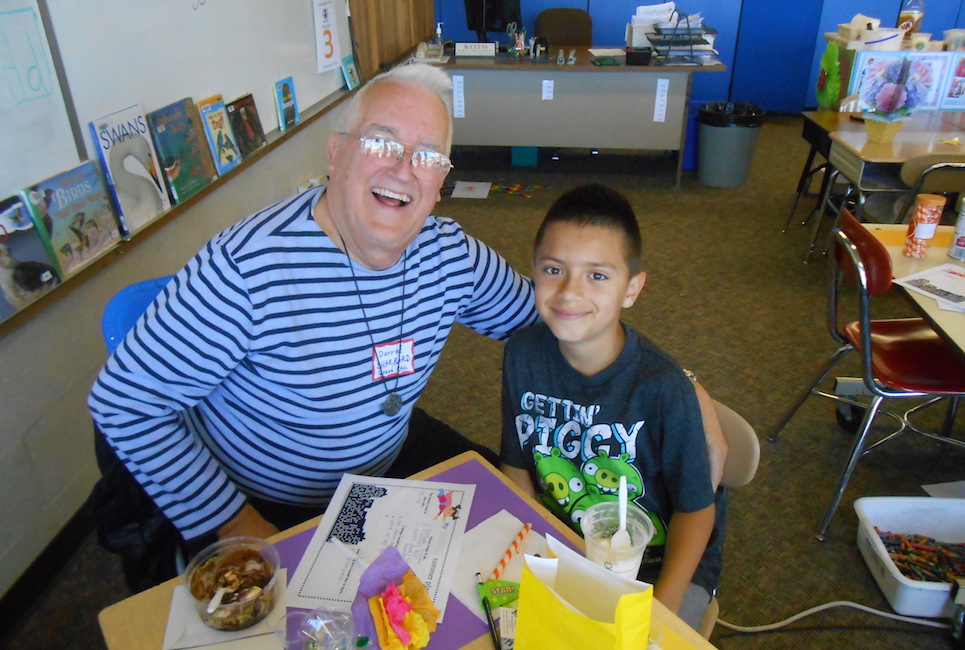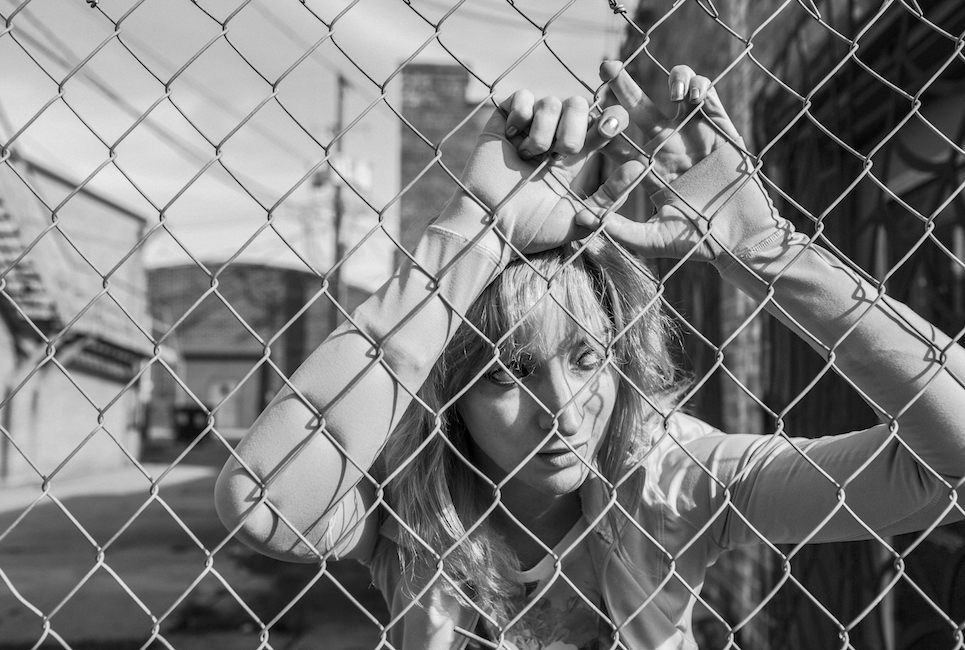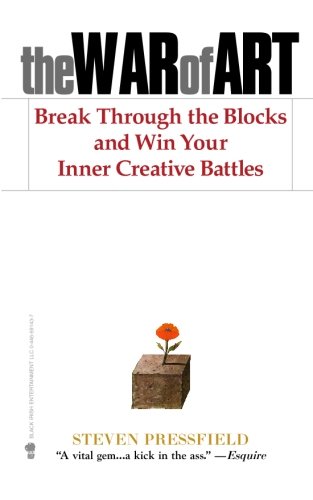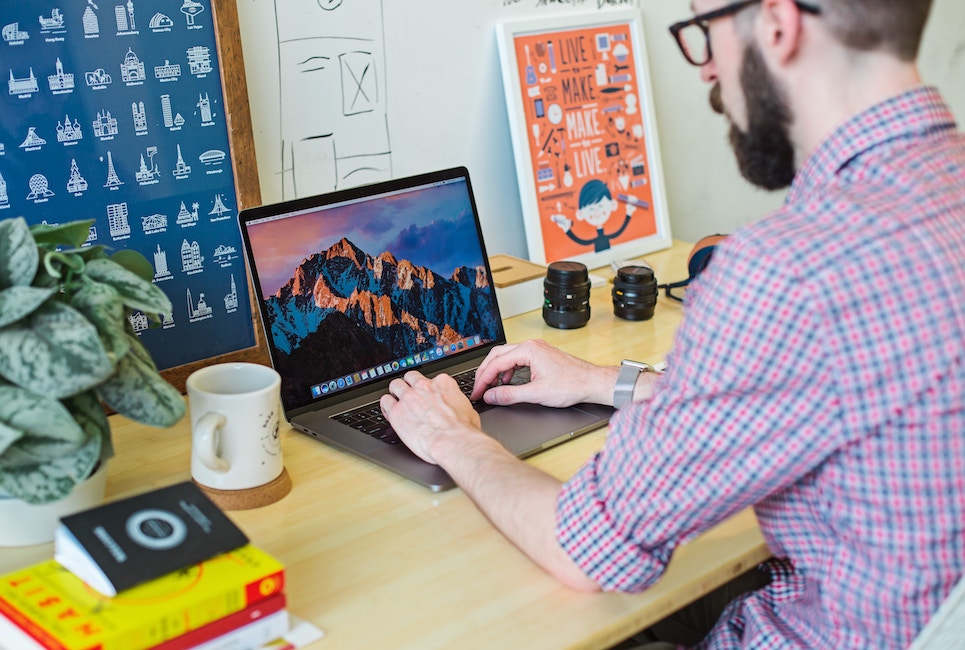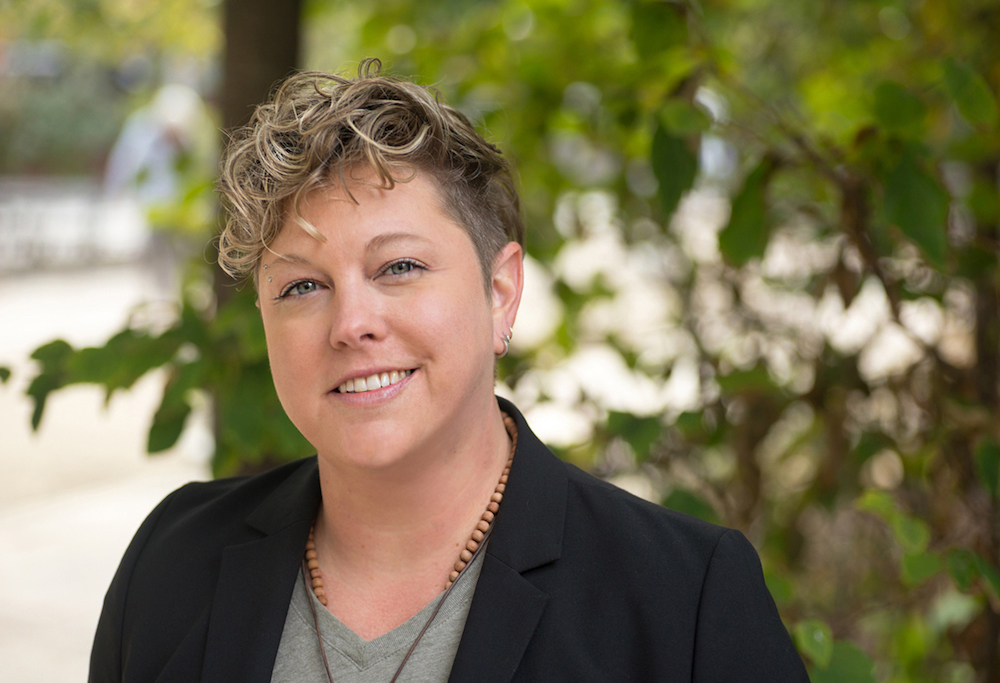32In this 1-hour video (above) you will hear leading impact seed funds talk about specific investment strategies and how their focus on impact boosts performance. Don’t worry, we break this video down for you and highlight the key takeaways below.
As the world of business continues to take on a new form new opportunities for funding purpose-driven startups are rising.
Historically, accelerators and incubators addressed funding for purpose-driven companies, producing a group of early-stage startups on the hunt for seed money. Over time, many of accelerators have transformed into seed funds as the field has matured.
The Change Creator team attended SOCAP in 2017 and found priceless insights from this this panel.
Most of the VC firms on stage have been working in the impact space for over 10 years and there has been a lot of evolution during that time.
Years ago there was very little early-stage capital and that has changed quite a bit.
Who’s on Stage in This Panel?
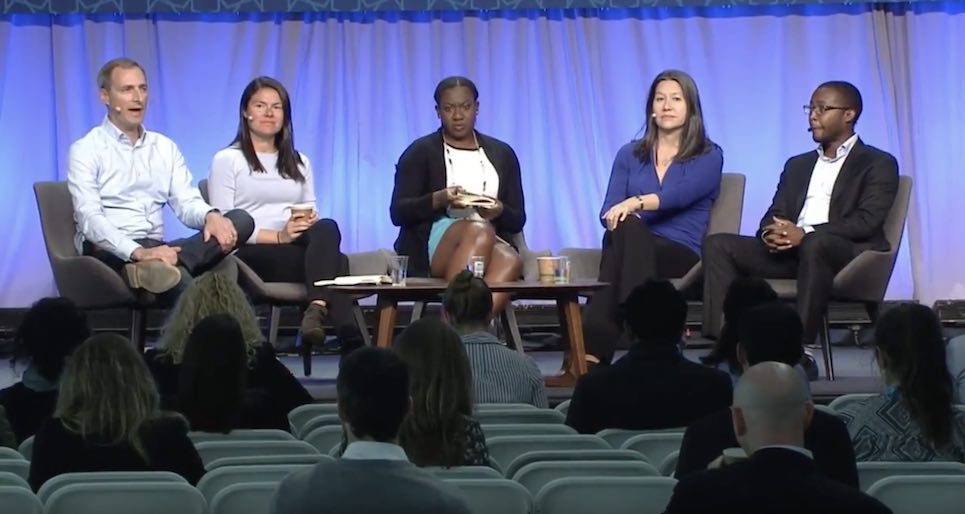
Moderator: Wes Selke | Better Ventures
Wes is Managing Director and Founder of Better Ventures. He’s the resident “numbers guy” and enjoys helping startups figure out how they’re going to make and raise money. Wes has 15 years of venture capital and financial advisory experience with Good Capital’s Social Enterprise Expansion Fund, William Blair, and Ernst & Young’s Mergers & Acquisitions group. He earned an MBA from the Haas School of Business at UC Berkeley and a BBA from the University of Michigan. Wes has volunteered with organizations around the globe, which has fueled his passion for applying his business skills to build a better world. He lives in Oakland, CA with his wife and two young kids and enjoys road cycling in the East Bay hills and Sunday trips to the farmers market.
Julie Lein | Urban Innovation Fund
Julie is a co-founder and Managing Partner of the Urban Innovation Fund, a venture capital firm that invests in the future of cities. The fund provides seed capital and regulatory support to entrepreneurs solving our toughest urban challenges – helping them grow into tomorrow’s most valued companies.
Shantel Poulson | Reach Capital
Shantel is the General Partner at Reach Capital which supports the most promising entrepreneurs developing technology solutions for challenges in early childhood, K-12, and higher education. We invest in early-stage tech tools, applications, content, and services to improve educational opportunities for all children.
Tasha sites | Impact Engine
Tasha Seitz is a partner with Impact Engine, a venture fund that invests financial and human capital in early-stage, for-profit technology businesses that are improving education, health, economic empowerment, and resource efficiency. Tasha has two decades of venture investment experience as a partner with JK&B Capital, a technology venture capital firm based in Chicago with over a billion dollars under management. As a partner, she has been responsible for identifying, evaluating and making investments in early-stage start-up software companies, serving on the board of directors, managing growth, coaching and hiring executive teams and managing investments through the exit.
Brian Dixon | Kaper Capital
Brian Dixon focuses on identifying and evaluating early-stage investments along with helping portfolio companies grow effectively. Brian joined Kapor Capital in 2011 after spending two summers as an MBA intern and was promoted to partner in November 2015. He is committed to making sure entrepreneurs of all backgrounds have access to advice and capital in order to make their business succeed.
Are you an impact fund and how do you think about “impact”? (7m28s)
Impact can either sink your ship or help make it rise up states, Wes, as he sets this question up.
Brian jumps in up to explain that when they are making an investment they want to know how something is going to make a difference.
They put structure around it to ensure they can define what the impact will be over a period of time.
Julie makes a great point about the word itself by stating that the definition has become very diluted. In initial screenings of a potential investment she wants to know that the entrepreneurs are in it for the right reasons. In the end, actions speak louder than words.
The way impact is evaluated has progressed over time, according to Shantel. Her teams look at who they are impacting, usage penetration, satisfaction, and lastly if it’s improving student outcomes.
Actually, many entrepreneurs won’t even identify themselves with impact. Why? Because they worry about the baggage or challenges associated with the world. It’s a charged word. For example, some investors have an immediate reaction to believe that if a company is focused on impact they are not focused on market return. This has led a shift to entrepreneurs stating they are ‘impact’ curious.
Julie’s team is a market rate driven fund and they are 100% purpose-driven. But many of their entrepreneurs will not self-identify as impact because they worry about the challenges of that word. In some investors minds, it triggers ideas such as being concessionary or not market return driven. You want to lead with things like market rates.
Many of their investors would not identify as impact but more-so, impact curious.
They all measure impact!
Related: Funding Your Social Enterprise: First Stop – Grants
When you evaluate a deal what is more important to you between the team or the market and what else do you look for? (13m25s)
In early stages, it’s important to focus on the team because they are driving the company, states Shantel. The right team will figure out the market and should have a big vision.
Julie agrees with Shantel but shares a great point stating that many times people talk about investing in a team but what does that really mean? It’s common that in Venture Capital you see affirmation bias where many of the same faces and names get funded over and over. When she looks at a team she really tries to place a large stake on execution…
“[…]so showing that even when you’re early stage you can still have traction, you can demonstrate that you’re hungry, scrappy and working really hard at starting to have a lot of market penetration in an early stage – for us thats really the most important thing”
Tasha agreed with Julie but added a little to that by explaining she also looks for entrepreneurs targeting large markets or where they see market adjacencies because they are trying to drive and attract a financial return. So many companies have great products and even great teams but if there isn’t a big market opportunity its just hard to grow a big valuable company.
For us it comes down to the “why,” claims Brian. Why is it a problem you want to spend the next five years addressing? That doesn’t get his team to invest but it sparks their curiosity to look more closely. They will take a closer look but you must have a product established, at least an minimum viable product (MVP), and some type of revenue. This does not mean you have to be profitable. It means you have sold something and proven people will buy it.
Everyone on stage agreed that it’s near impossible to raise money today without a product for seed round and revenue for series A.
It’s important to recognize that the world has changed dramatically. As Tasha points out, today, it does not cost a lot to create an MVP. Entrepreneurs can get a long way without a lot of cash today. It may not be a final product but you can get something done – they want to see you get scrappy.
A great example Julie shares is about an entrepreneur that pitched them and was way too early. Their idea was to make city commuting better. The pitch had passion they liked but it was too early. Two weeks later the same entrepreneur showed up at their office again saying, “I did it.” He starting driving around town running tests and not only demonstrated his ability to get things done but starting providing his idea works and made financial transactions. His company is called Chariot and less than two years after Julie’s team invested they sold to Ford.
How do you think about portfolio construction? (22m)
There were a few interesting points made during this segment that are helpful to understand.
The strategy of each fund changes over time-based on the landscape.
For example, Shantel’s team used to plant many small investments all over the place as one-off investments. But today, they identify a couple seed deals and reserve cash to double down later with winners by doing a follow-on investment. On the on side of the coin teams like Tasha’s don’t have a lot for follow-ons.
Some funds are ownership stake driven but others they are multiple return driven. They focus less on the size of their equity pool and more on the ability to make a big return.
What is the investing landscape? (25m)
Most of the funds are open to convertible notes and SAFE models. This is more common for early phase. The biggest challenge with convertible notes is that with different caps things can get very mess. This means price models are important to help give everyone clarity. Entrepreneurs must be conscious of time and if things are messing and complicated it’s a huge time suck that nobody wants.
80% of Brian’s deals come from convertible or SAFE. They try to educate entrepreneurs about the pros and cons. SAFEs are easy to do because it’s just 3 things to select.
Tasha followed that up stating that they do a lot of SAFE and convertibles but not without a cap.
What’s broken or doesn’t work with the VC model as it relates to purpose-driven entrepreneurs? (29m)
We’re really thinking about the exit outlook, stated Shantel. Now it’s M&A and mainly PE. For example, one company they worked with did a management buyout and became an employee-owned company. They are looking to explore more unique exits like that.
Tasha’s team has been considering alternative structures for liquidity. Right now, the percentage of funds fully liquidated after 10 years is just four percent!
There are a few more talking points in this segment about their structure and liquidity but I think it’s something you can listen to directly in the video.
What are the do’s and don’ts of fundraising? (35m)
Here I just bullet out the do’s and the don’ts that the panel shared which really offered some valuable insight any entrepreneur should know when raising funding.
The Do’s:
- Know how much you need and why
- Have the team pulled together or show up with the team and hires you have already identified so that when you raise the funding they will convert to your team.
- Show you spent some time on the product, MVP.
- Show real customer data
- Show your impact in the next year and 5 years
- Do your homework and know who you’re talking to so you can convince them they are the right fund
- Cold emails are fine but personalize them, make them unique
The Don’ts
- Don’t raise multiple rounds at once such a seed and series A. It creates confusion for the investor and makes them feel you don’t have a real plan in place. This does not mean you shouldn’t think ahead and know how many rounds you need. Just avoid the confusion.
- Don’t cold email an investor with a generic template or CC the whole group
What do you think about equity crowdsourcing? (40m)
Brian’s team is invested in Angel list which he thinks is a great resource if you already have traction. It is not an approach to take to start your fundraising. If you have already raised $750k of a $1M goal, then you might use something like Angel List to close the round.
What is the difference between pre-seed and seed? (48m)
Today’s seed round is yesterday’s series A round.
Seed rounds are now landing around $2M-$3M and sometimes even as big as $4M-$5M.
Pre-seed is what used to be seed so there has basically been a shift in the models. Pre-seed is really early but they have a founding team, MVP, but are just starting. Before pre-seed entrepreneurs commonly leverage accelerators and friends & family.
Shantel made a very interesting point by calling out that today there has been a shift to multiple seed rounds. This was new to us at Change Creator and something to explore more.
An important point Wes made during this segment is to avoid “bridge rounds”. Basically the idea that you have not gotten as far as you thought you would and need just a bit more cash to get there. You have to show progress.
Some Final Thoughts
These are exciting times and the impact investing space is not only growing but it’s constantly evolving during these transitional times. The way we approach and think about business is changing, it’s in transition, and these changes reflect that evolution.
Today there is no excuse to not have an MVP and some demonstration of revenue to prove out your idea. This is essential to be considered and taken seriously.
Nobody wants to invest in a small vision, so please think big and be prepared to demonstrate how you’re going to bring your vision to life but also the impact of doing so.
When connecting with an investor it does pay to get a referral or meet in person, big time! But that does not mean cold emails are off the table. When done right it can work and most of these funds are open to cold emails. Actually, they have benefited quite a bit from cold emails so don’t shy away.
You might also like, How to Know Which Type of Investment to Seek For Early Stage Startups






